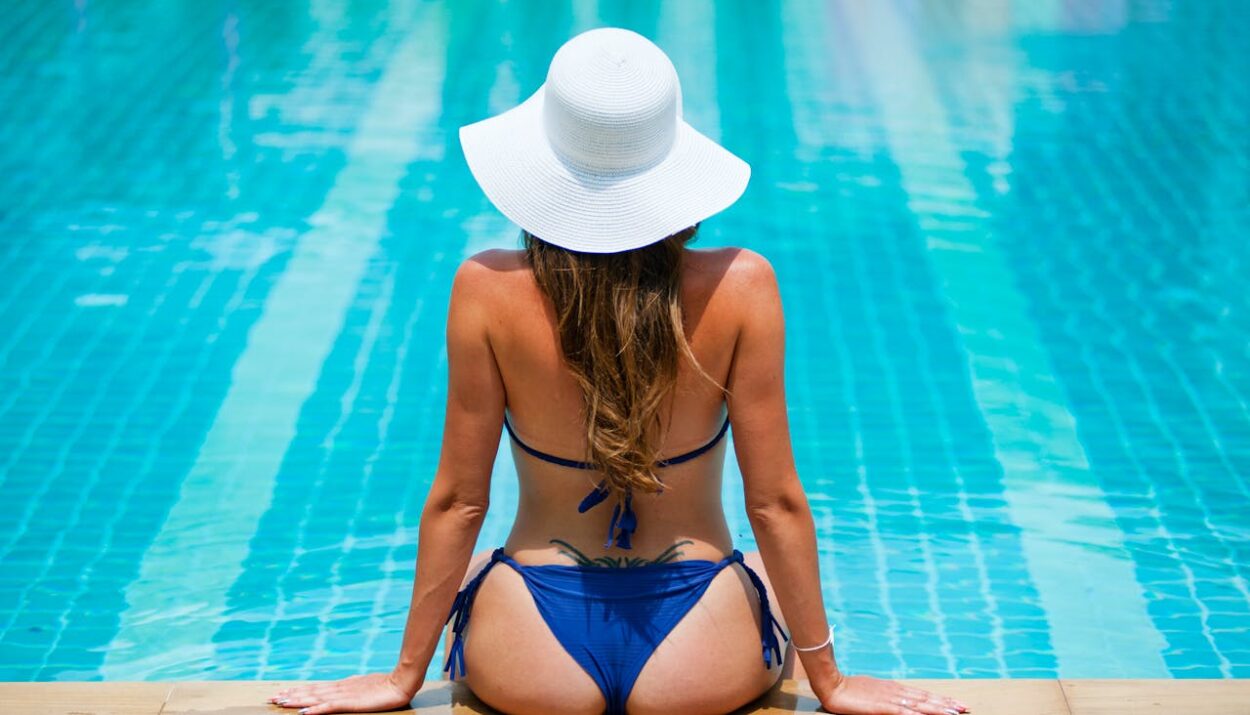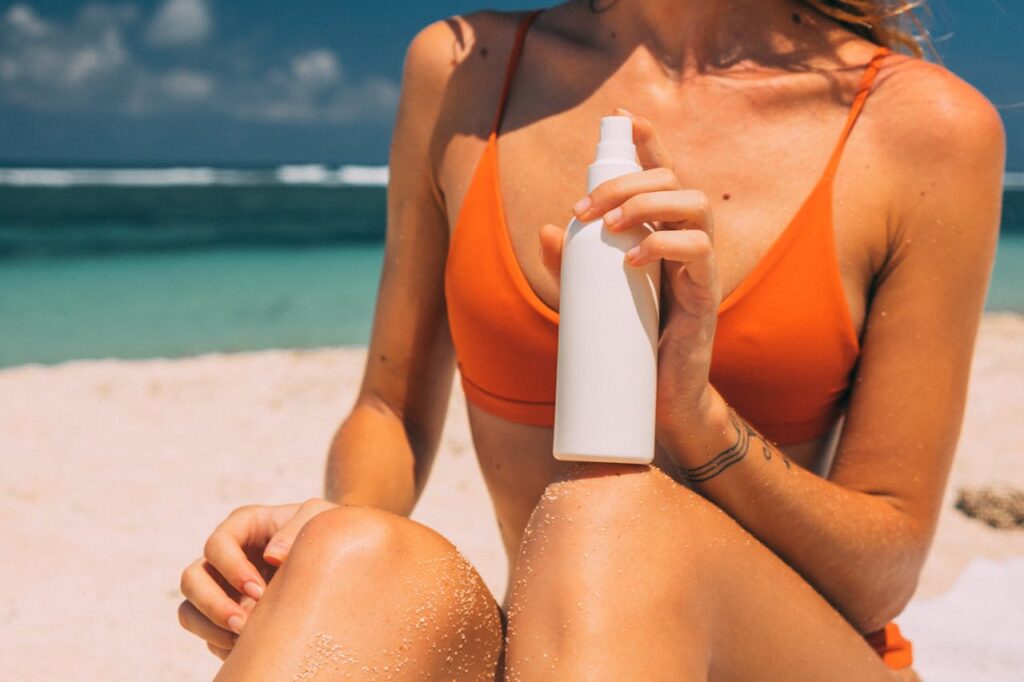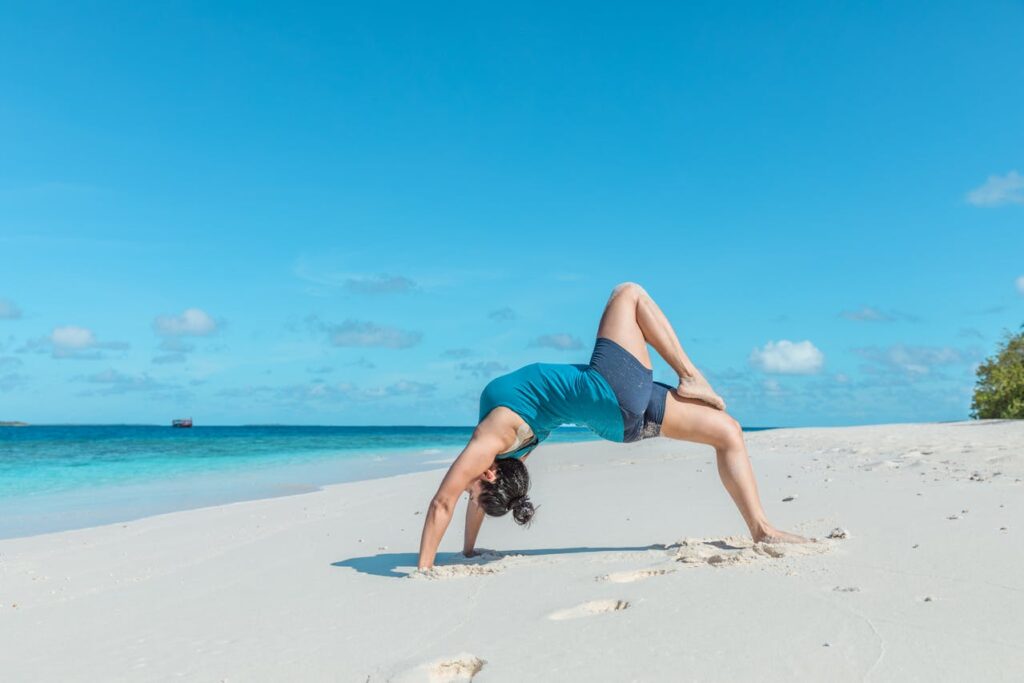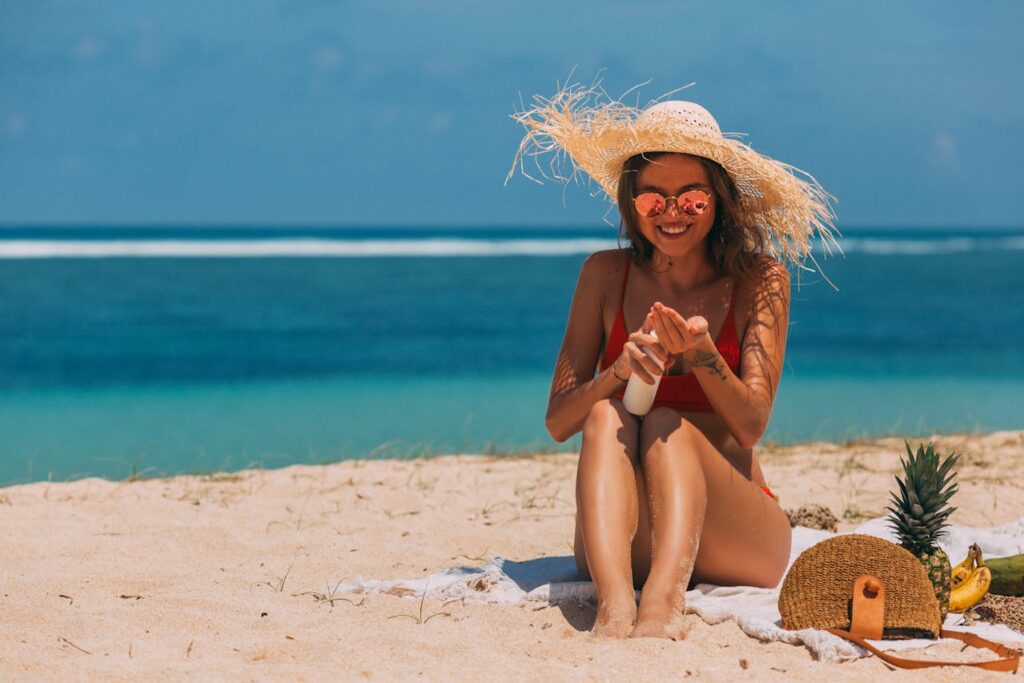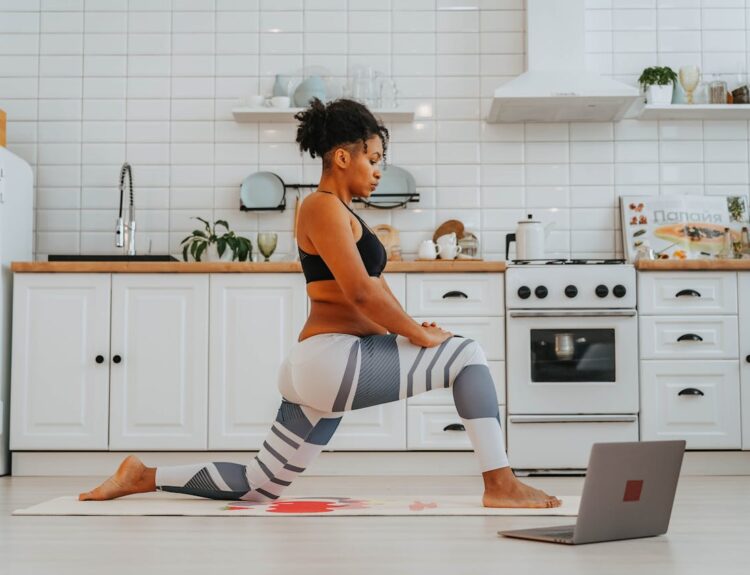Should you tan before or after a workout? It’s a common dilemma many fitness enthusiasts and sun seekers face. The intersection of tanning and exercise raises questions about how sunlight exposure impacts physical performance, recovery, and overall well-being. This article will dissect the pros and cons of tanning before or after a workout, unraveling the myths and misconceptions. Let’s uncover the best practices for achieving a sun-kissed glow while maintaining a healthy lifestyle.
Should you tan before or after a workout? Explore how sunlight exposure, indoor tanning, and sunless tanning affect your fitness routine.
In this article:
- Types of Tanning Methods: Understanding Your Options
- Should you Tan Before a Workout: Pros and Cons
- Should you Tan After a Workout: Perks and Pitfalls
- Common Myths about Tanning and Exercise
- Safe Tanning Tips for Active Lifestyles
TYPES OF TANNING METHODS: UNDERSTANDING YOUR OPTIONS
There are several tanning methods to consider when achieving that sun-kissed glow.
- Sun Tanning: This traditional method involves basking in natural sunlight. It can give you a natural-looking tan and boost your vitamin D levels. However, prolonged exposure to UV rays can lead to serious health issues such as sunburn, accelerated skin aging, and heightened susceptibility to developing skin cancer. It’s crucial to balance the desire for a tan with the need to protect your skin.
- Indoor Tanning: If natural sunlight is limited or unavailable, indoor tanning beds or booths offer an alternative. These devices emit UV radiation to simulate the sun’s effects on your skin. While indoor tanning provides a controlled environment, it carries similar risks to outdoor sun exposure, including potential harm to the skin and an elevated risk of skin cancer.
- Sunless Tanning: Sunless tanning products offer a safe and convenient option for those wishing to avoid UV exposure. These products contain dihydroxyacetone (DHA), a colorless chemical that interacts with the amino acids in the skin to produce a temporary tan. They come in various forms, including lotions, sprays, gels, and foams, providing a range of application methods to suit your preferences. Sunless tanning allows you to achieve a bronzed look without the harmful effects of the sun, making it a popular choice for many.
- Spray Tanning: Spray tanning is a specific sunless tanning method that involves spraying a mist of tanning solution onto the skin using a spray gun or booth. The tanning solution used in spray tanning contains DHA and other ingredients to enhance color and moisturize the skin. This method provides an even, natural-looking tan. It can be done professionally at salons or home using spray tanning kits.
Choose what best suits your lifestyle, and always prioritize your health.
SHOULD YOU TAN BEFORE A WORKOUT: PROS AND CONS
Should you tan before a workout? Like any health-related practice, tanning before a workout has pros and cons.
One potential benefit of tanning before a workout is psychological. Many individuals feel more confident and motivated with a tan, which can enhance their overall workout experience. Additionally, exposure to sunlight triggers the body’s synthesis of vitamin D, a crucial nutrient for maintaining healthy bones and immune function. Tanning before a workout also assists in warming up the muscles and improving flexibility, potentially reducing the risk of exercise-related injuries.
However, there are significant drawbacks to consider as well. Perhaps the most concerning is the increased risk of skin damage associated with UV radiation from the sun or tanning beds. Tanning before a workout may exacerbate this risk, especially without proper sun protection. Additionally, tanning can dehydrate the skin, leading to dryness, premature aging, and an uneven skin tone. It can be particularly problematic during workouts, as sweating may further dehydrate the skin and increase the risk of irritation or sunburn.
Sunless tanning before a workout offers an alternative approach to achieving a bronzed complexion without exposing the skin to harmful UV radiation. It can be done quickly and easily at home, making it a fantastic option for individuals with busy schedules. Sunless tanning provides immediate results and is a safer alternative to traditional tanning methods. However, when using sunless tanning products, you should be mindful of potential drawbacks such as odor, uneven coloration, and skin sensitivity. Additionally, it’s essential to adhere to product instructions, such as avoiding showering or sweating for 6-8 hours after applying sunless tanning products, to ensure optimal results.
SHOULD YOU TAN AFTER A WORKOUT: PERKS AND PITFALLS
Should you tan after a workout? Tanning after a workout can offer some potential benefits.
For instance, many people find that a tanning session helps them unwind and de-stress after a workout. The sun’s warmth can also soothe tired muscles, providing comfort and relaxation. Moreover, some individuals may find that tanning after a workout enhances their mood, helping them feel more positive and rejuvenated.
Another benefit is the opportunity to optimize vitamin D synthesis. Just like tanning before a workout, exposure to sunlight after exercise can stimulate the body’s production of vitamin D. By tanning after a workout, you can take advantage of this natural process and boost your vitamin D levels. Similarly, sunless tanning products can provide a bronzed glow without UV exposure, offering a safer alternative for those concerned about skin damage.
However, there are also pitfalls to consider. One of the most significant risks is overexposure to UV radiation. Exposure to sunlight or tanning beds after a workout can increase the risk of sunburn, premature aging, and skin cancer. To reduce these risks, practice sun safety measures, such as sunscreen and limiting tanning time.
Sunless tanning products may have drawbacks such as uneven application or potential skin reactions, emphasizing the importance of selecting high-quality products.
Moreover, it’s important to note that tanning after a workout may lead to dehydration. Sweating during exercise can deplete the body’s fluids and electrolytes, and exposure to heat from the sun or tanning beds can exacerbate this dehydration. Therefore, staying hydrated before, during, and after tanning is not just a suggestion. It’s crucial to prevent dehydration and maintain overall health.
COMMON MYTHS ABOUT TANNING AND EXERCISE
Several common myths surrounding the relationship between tanning and exercise warrant clarification.
- Tanning Enhances Athletic Performance: Contrary to popular belief, no scientific evidence supports that tanning before a workout directly enhances athletic performance. While some individuals may feel more confident and motivated with a tan, and exposure to sunlight triggers vitamin D synthesis, excessive UV exposure can lead to skin damage and dehydration, potentially hindering athletic performance.
- Tanning Accelerates Muscle Recovery: While exposure to sunlight may provide warmth and relaxation, there’s no direct evidence linking tanning to faster muscle recovery. Proper post-workout nutrition, hydration, and including rest days in your workout routine are essential for supporting muscle repair and growth.
- Tanning Replaces Vitamin D Supplementation: Although sunlight triggers vitamin D production in the body, relying solely on tanning for vitamin D absorption is discouraged due to the risks linked with UV radiation. Obtaining vitamin D through dietary sources and supplements is safer and more effective.
- A Tan Provides Adequate Sun Protection: While a tan may offer some natural sun protection, it’s not sufficient to prevent sunburn, especially during prolonged or intense outdoor workouts. Protective measures like wearing protective clothing and sunscreen and seeking shade are crucial for minimizing the risk of sunburn and skin harm during outdoor activities.
SAFE TANNING TIPS FOR ACTIVE LIFESTYLES
Safe tanning practices are essential for individuals leading active lifestyles, particularly those who engage in outdoor activities. Here are some guidelines to ensure a healthy balance between basking in the sun and safeguarding your skin:
Firstly, timing is critical. Plan your outdoor activities to avoid the peak hours of UV radiation, typically between 10 a.m. and 4 p.m. Opt for early or late afternoon sessions when the sun’s rays are less intense.
Sunscreen is an indispensable ally for sun protection. Consider using EltaMD UV Sport Sunscreen Lotion for added safety during outdoor activities. This sweat-resistant sunscreen provides sun protection and is ideal for hikes and other outdoor adventures.
Protective clothing can also protect your skin from harmful UV rays. Wear wide-brimmed hats, sunglasses with UV protection, and lightweight, long-sleeved shirts and trousers to cover exposed areas.
Seek shade whenever possible, especially during prolonged outdoor activities. Utilize trees or other shaded areas to reduce direct sunlight exposure and mitigate the risk of sunburn.
Staying hydrated is vital, whether you tan before or after a workout. Drink plenty of water before, during, and after physical activity to maintain proper hydration levels and promote skin health.
Consider gradually increasing your sun exposure to allow your skin to adapt progressively and develop a tan. Avoid prolonged exposure during your initial tanning sessions to minimize the risk of sunburn.
Keep a close eye on any changes in your skin, such as new or existing moles. If you observe any concerning changes, consult a dermatologist promptly for evaluation.
Sunless tanning alternatives are safer for achieving a bronzed glow without UV exposure. Self-tanning lotions, sprays, or creams can provide a natural-looking tan without hazards linked to UV exposure.
_____
Should you tan before or after a workout? The answer lies in understanding your body’s needs, the risks and benefits of sunlight exposure, and the alternatives available. Maintaining a healthy balance between achieving a sun-kissed glow and safeguarding your skin is paramount.
This post may contain affiliate links. You can read the affiliate disclosure here.

